
If I were to be born a second time,
I’d be a gardener again. And the third.
One human life is not enough for this profession.
Karl Foerster (1874-1970 gg)
This garden has a touching history. It begins in 1912, when Carl Forster became cramped in his parents ‘ house: the gardener and breeder did not have enough space for new experiments. The solution was buying potato fields in the district of Potsdam-Bornim, where they built a new house and the garden, consisting of various thematic parts: “recessed” garden, spring path, naturgarten mountain meadow, lawn terrace, small ridges with herbaceous perennials, rockery and test garden. The latter Forster viewed as a “living catalogue of plants” for visitors and buyers and as a “filter of disappointments” in which new varieties were subjected to years of testing until he found them suitable for sale.
Decades do not pass without a trace for any garden. So Forster’s garden became … a monument.
“Drowned gardens” were loved in England in the late XIX century. The obvious advantage of such an organization of space, when the garden area is lowered in relation to the surrounding terrain, is a warm microclimate. Plants, protected from all sides, benefit in growth compared with the inhabitants of gardens, open to all winds. In addition, the limited perimeter of the site always makes a closer look at its internal contents, without being distracted by the surrounding scenery.
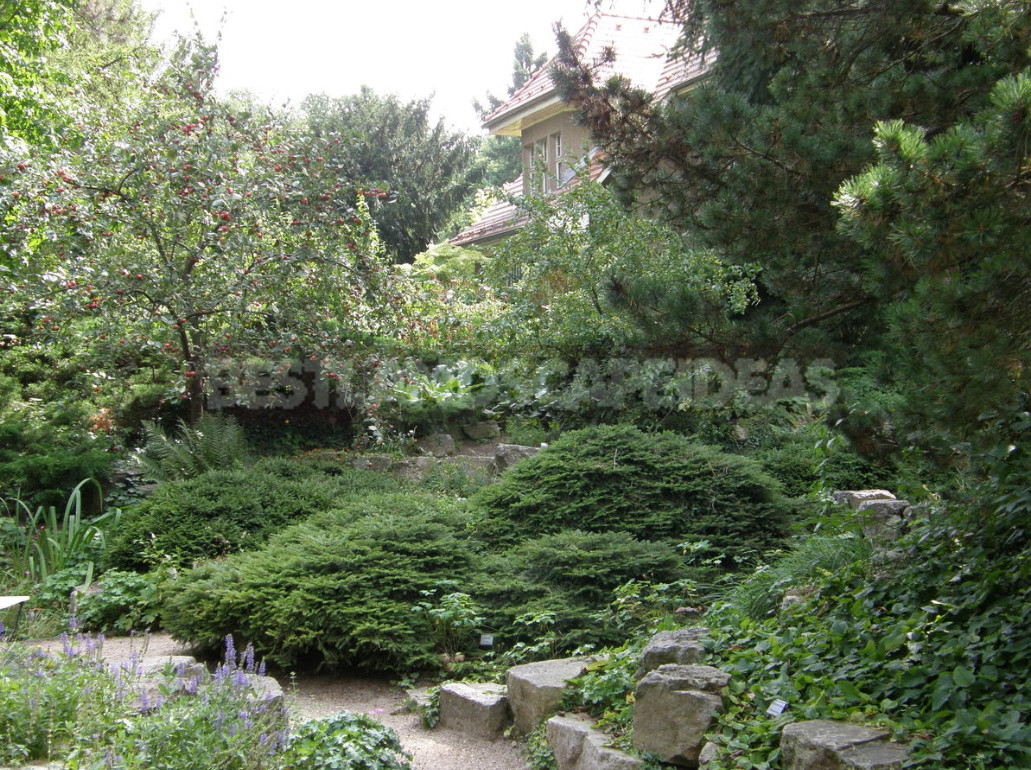
“Drowned” garden Forster is located on an area of 40×25 meters on the East side of the house. Standing at its end side, you can cover this garden view entirely. A truly spectacular sight: the scene of the natural theater, in which the green actors solo and, as expected, during the season, one performance is replaced by another.
As in the huge gardens at the castles, there are straight paths, symmetrically arranged planting, but the similarities end: instead of wide avenues, we see perennials. In the middle of the garden is an oval pond with water lilies-an area of just over 30 square meters, planted with irises, daylilies, bamboo, Thalictrum and buttercups.
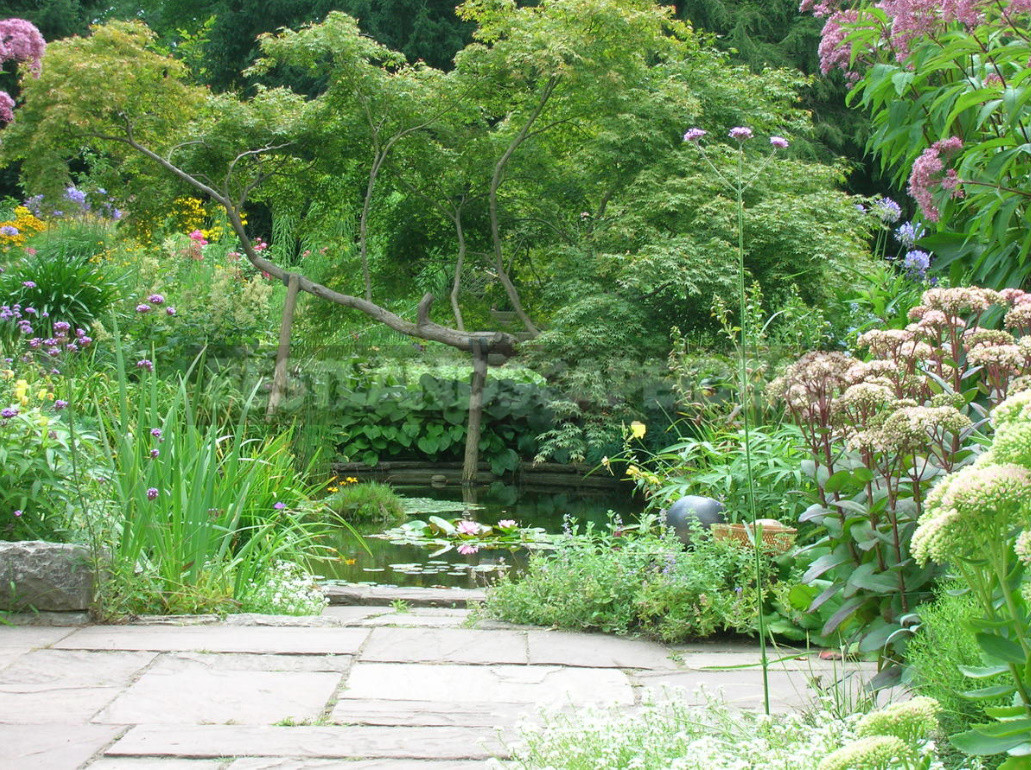
Three sides of the “lower” garden framed the slopes, and its rear was terraced. In the center of each side limestone steps lead to the” zero ” level of the garden. On the slopes around the garden were laid wide paths, three of which in the time of Charles Forster stood turquoise pergolas with climbing roses. In the “drowned” garden, they were the main color accent in the composition with tulips, irises, and in summer — with delphiniums. Autumn at the forefront of out asters, rudbeckia and red-orange dahlias.
In the 30s of the last century, the slopes were terraced with walls of dry masonry, and they still fix the picturesque paths of red Sandstone. Forster’s favourites-delphiniums and Phlox, irises and poppies, groundcover, ornamental grasses, bulbous and woody-were involved in creating an all-season attractive picture.
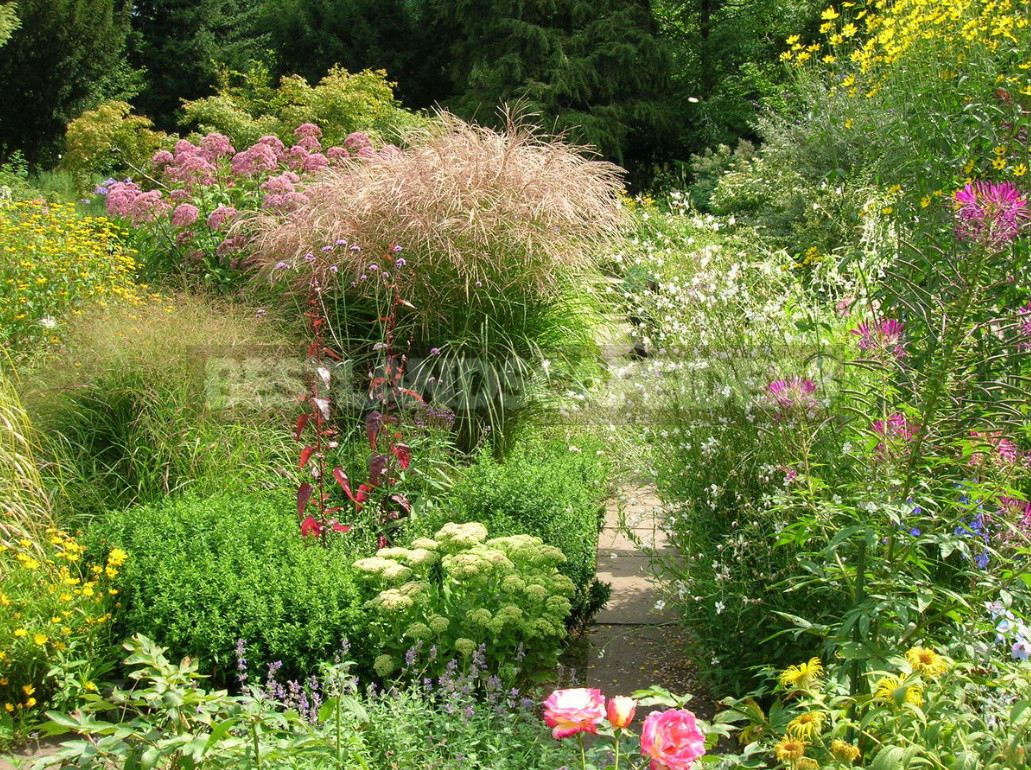
Some time later, worn out pergola was replaced with similar structures of locust. In the early 60s, and with them became difficult to cope; in their place were planted beech hedge, a meter high to maintain closed space “sunken” garden.
In 1981, the city Council declared the house and garden a monument. In preparation for the national flower exhibition in Potsdam in 2001, the “lower” garden was restored in the spirit of Karl Forster and again were planted Phlox, delphiniums, roses and Echinacea, irises and daylilies, asters and chrysanthemums, and, of course, decorative cereals.
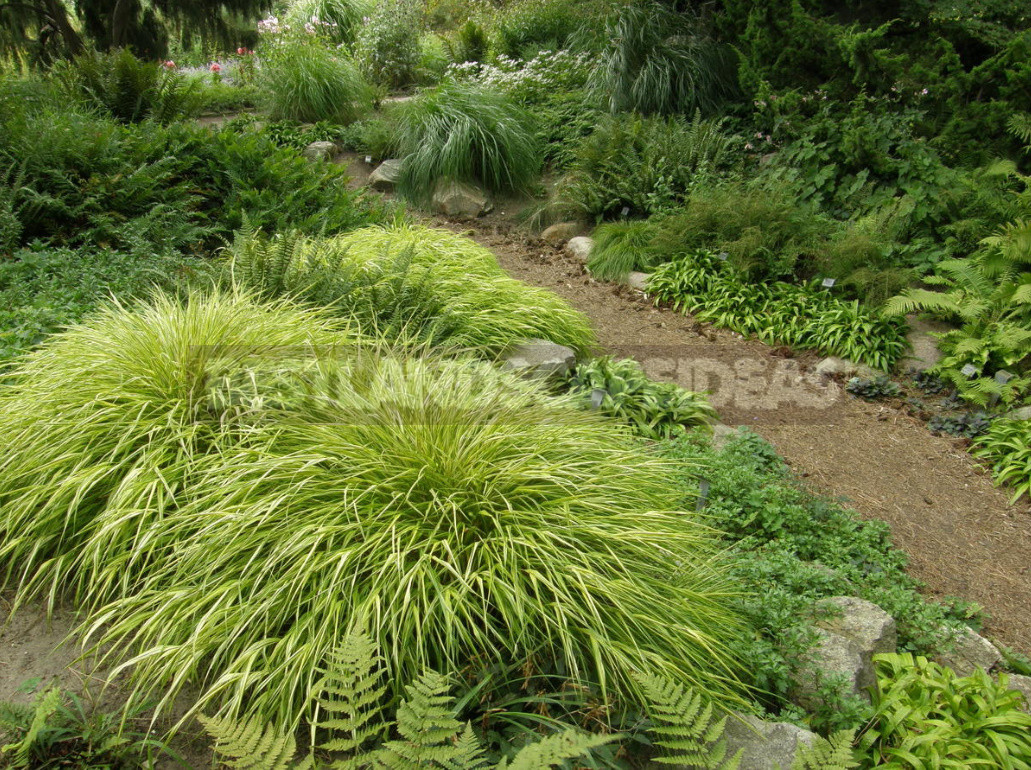
Marianne Forster, who studied gardening with her father and then worked as a landscape architect in Belgium and Switzerland, returned to Potsdam in 1990. Together with the assistant gardener, she takes care of the design of the garden and the care of her father’s legacy, but also makes adjustments. For example, she found the lower clipped curbs bordering the paths to the pond too straight and monotonous for Sandstone tiles of various sizes and shapes. Hedges removed, instead of them now planted white Lobularia maritima, which naturally and effectively beats the straight edge of the track.
Marianne Forster brought a large number of annuals to the garden. Her favorite representatives of this group of plants include cleoma, verbena and Gaura. Like her father, Marianne likes to experiment with new products, combining them sometimes in the most unexpected way.
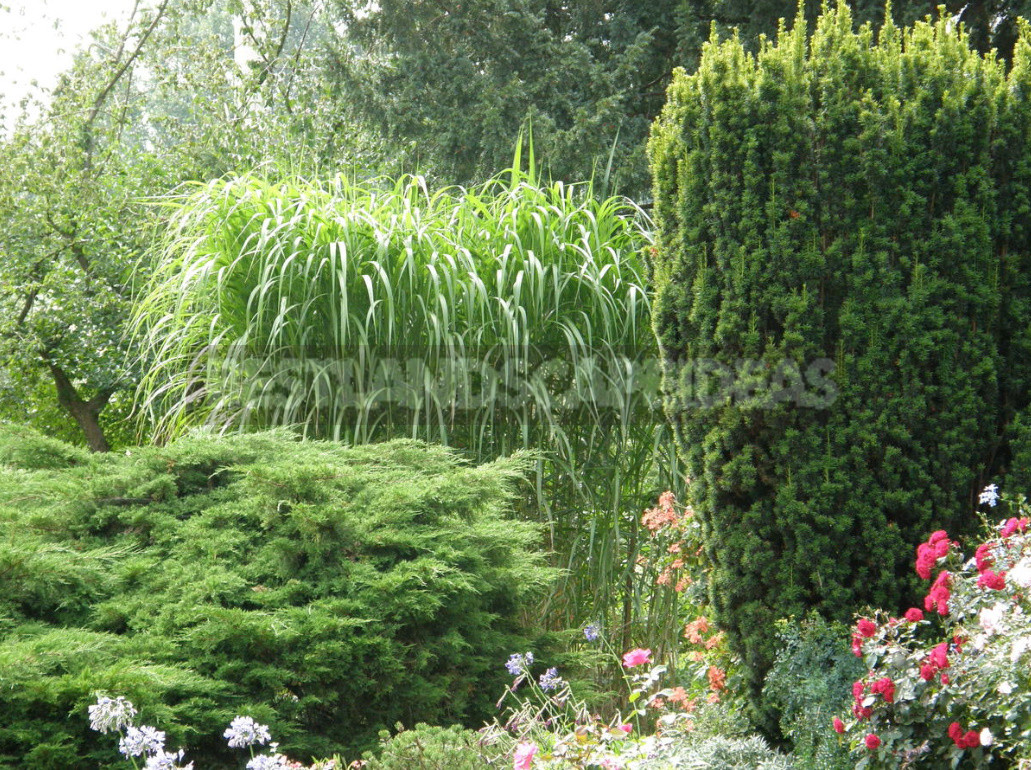
On the southern border of the “lower” garden is “spring path”. At 80 meters everything that makes the garden more beautiful from February to the end of April is exhaustively presented. Suitable woody plants are included in the overall picture.
At the end of the “spring path” begins its opposite — “autumn”. At first it served as a link — along it you could go to the rockery and the test garden, then this place was used as a Parking lot. Reconstructed in 1997, it shines with colors from September to severe frosts.
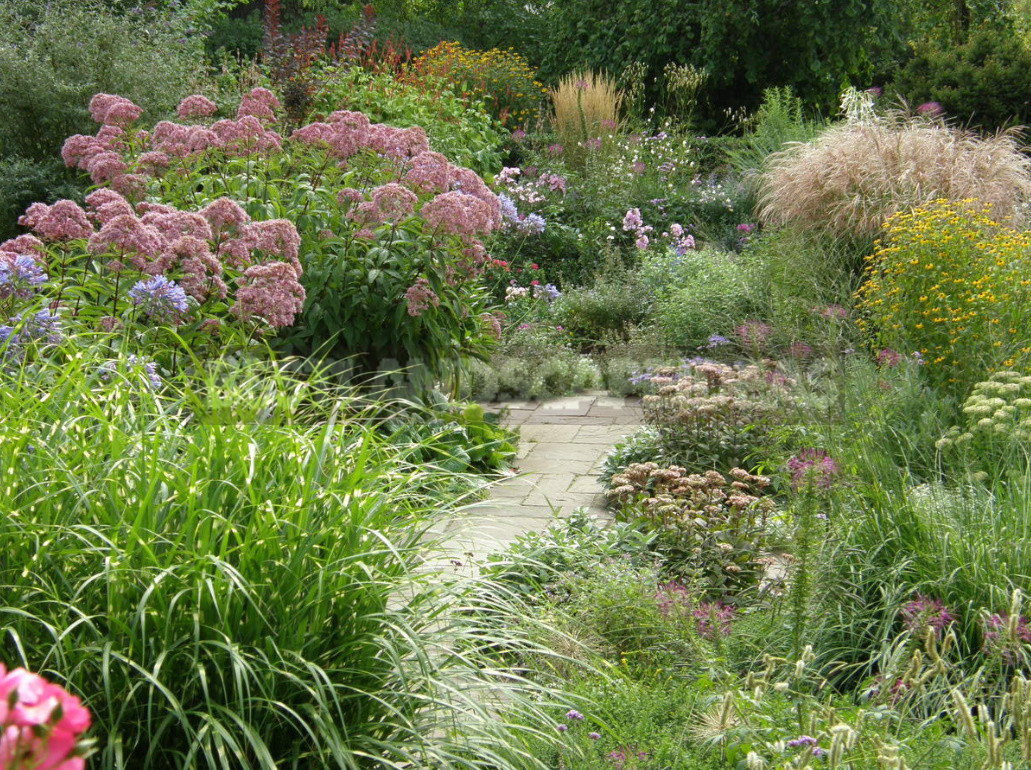
Test garden since the beginning of the sixties was transformed into a nursery of Forster, which is now on 70 thousand sq. m. again offers all that makes the heart of a green thumb to beat faster. Next door, to the North-West of the house, is the rockery — the most famous of the works of Carl Forster with his elaborate “seven seasons”.
On an area of about 1000 sq m. Carl Forster have transformed the topography through excavation and filling of soil (now it’s called geoplastics), limestone and boulders and planted a new landscape appropriate plants. Judging by the old photos, by the time of restoration in the rockery almost nothing has changed, only appeared shading from overgrown trees and shrubs.

Now flowering wave moves along the main path continuously all seven seasons. Early spring and spring begin near the house, then the wave runs through the early summer and summer to the birch in the center of the rockery and, covering it, rolls up to early autumn, autumn and winter at the end of the path, where it breaks on a fern ravine.
Forster’s garden door is always open to visitors. Exactly following the old traditions, Marianne considers it not only as a demonstration, but also as an educational one. In this sense, it is different from the usual private garden. Amateur gardeners will always meet like-minded people here.
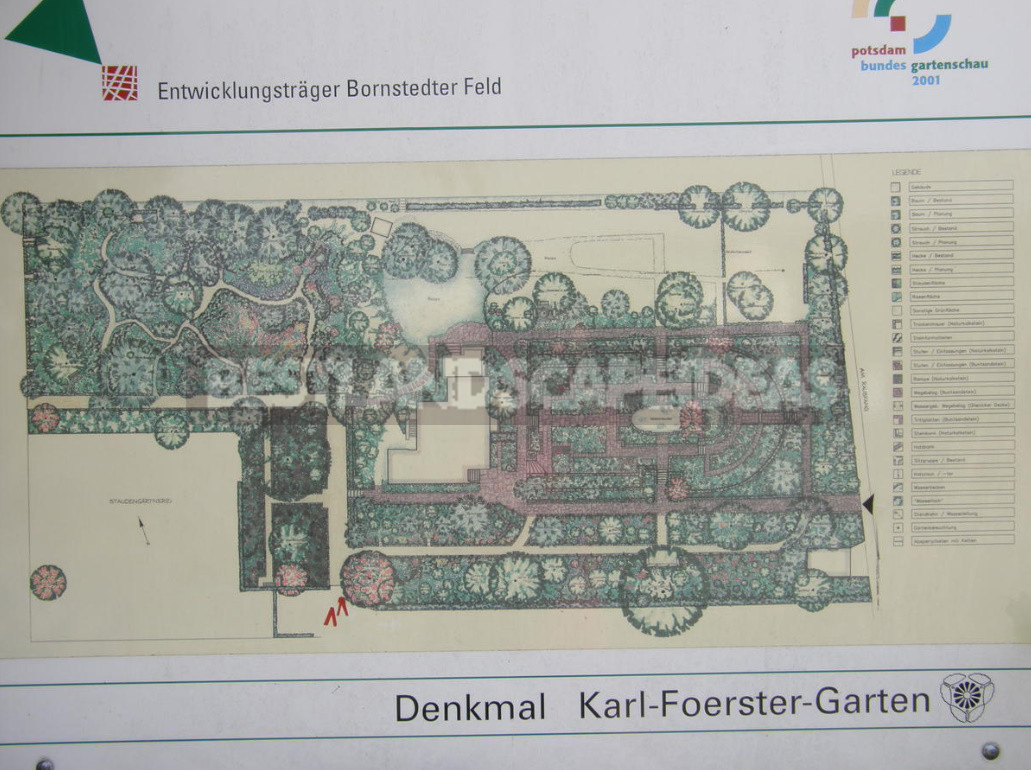
This is one of the few German gardens in which both beginners and experienced gardeners will feel inspired and energized to create their own flower beds. And if you decide to visit this wonderful garden, bring a pen and pencil — you will not regret it. It does not matter what you notice for yourself — individual plants, successful combinations or valuable ideas for solving problem situations. Some recipe Forsters you will want to try in your garden.

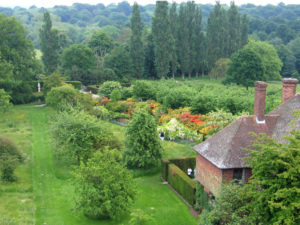
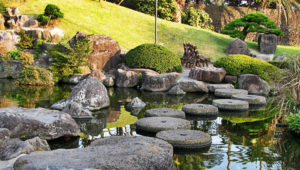
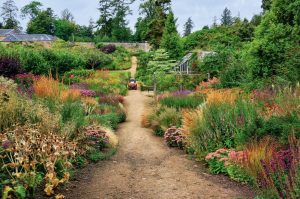
Leave a Reply